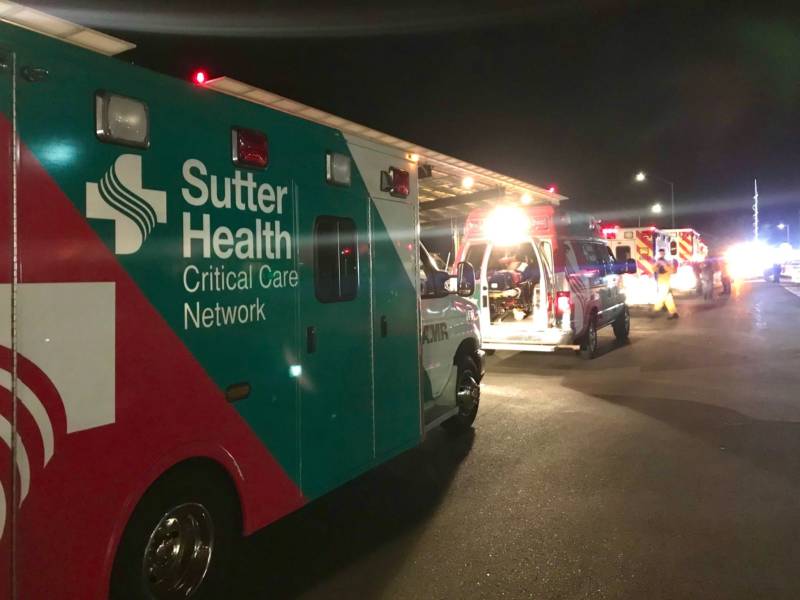“That’s probably no more important anywhere than in the operating rooms,” Isenberg said. “We really don’t want to have any particulates inside places where we operate on patients.”
The two facilities will require several days of cleaning, at which point the inspection process can take up to two days. Both hospitals said they hope to open their doors by next week, but neither would commit to a specific date or timeline.
In the meantime, Kaiser has been staffing temporary clinics in Rohnert Park and at its Santa Rosa Mercury Way office, where patients can receive primary care and mental health care, get lab tests and pick up prescriptions.
For Shulman, who is managing those sites while also overseeing his hospital’s cleaning operation, this process is familiar.
Shulman started working at Kaiser Santa Rosa just a week before the North Bay fires swept through the area in 2017. That blaze moved so rapidly that nurses had to push intensive care patients on gurneys through the parking lot, as flames burned in the hospital yard behind them.
When the most recent evacuation order came down last weekend, Shulman said, the hospital moved quickly to avoid any chance of that happening again.
“Having an orderly, safe, controlled transfer of patients was far preferable and safer than what we experienced two years ago,” he said.
Evacuation is often exceedingly challenging for hospitals. Simply moving critically ill patients can itself become life-threatening, especially those who are on ventilator machines or are taking continuous medications.

